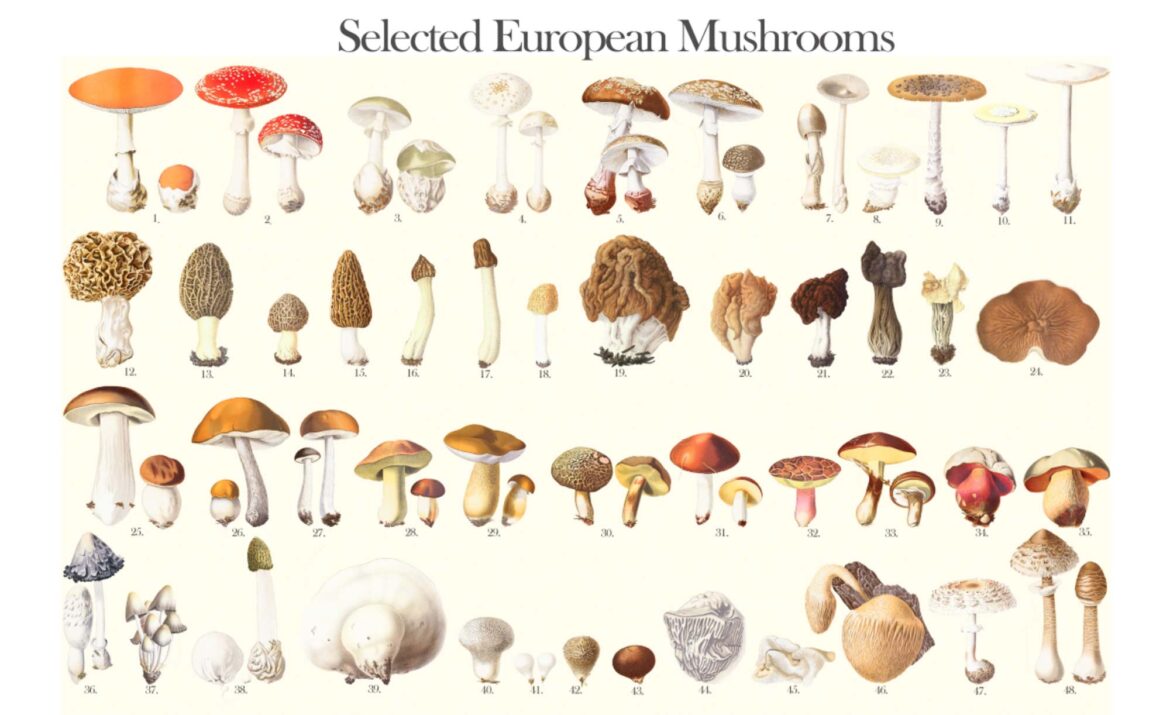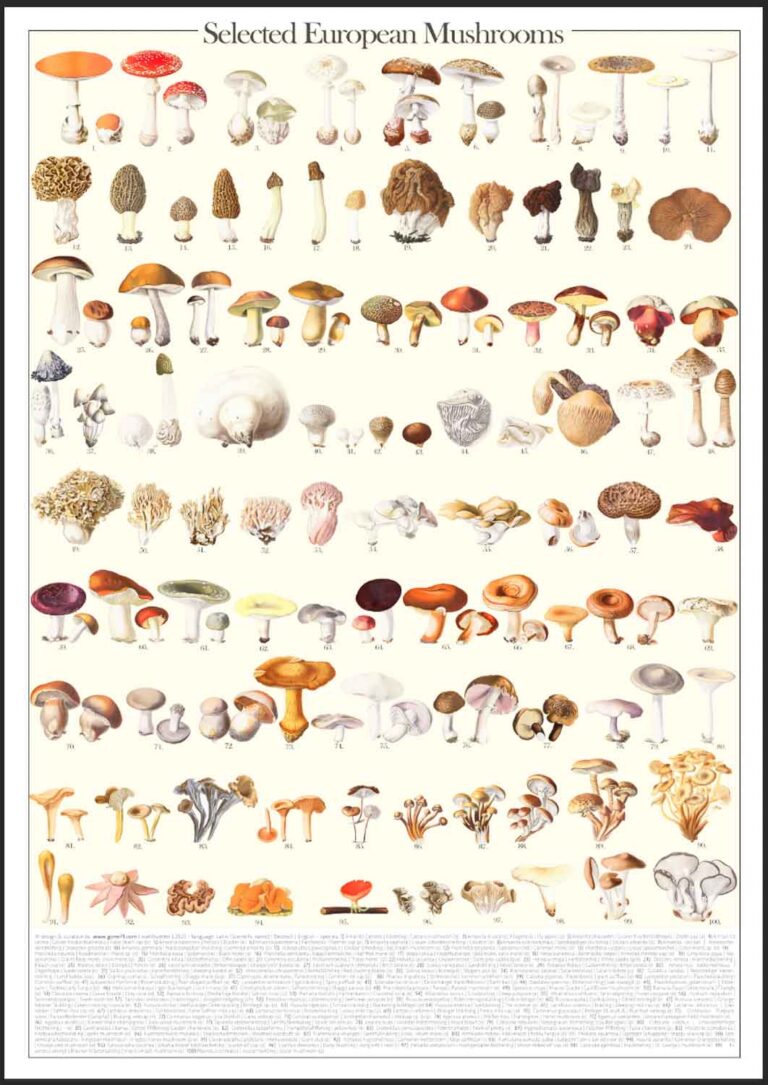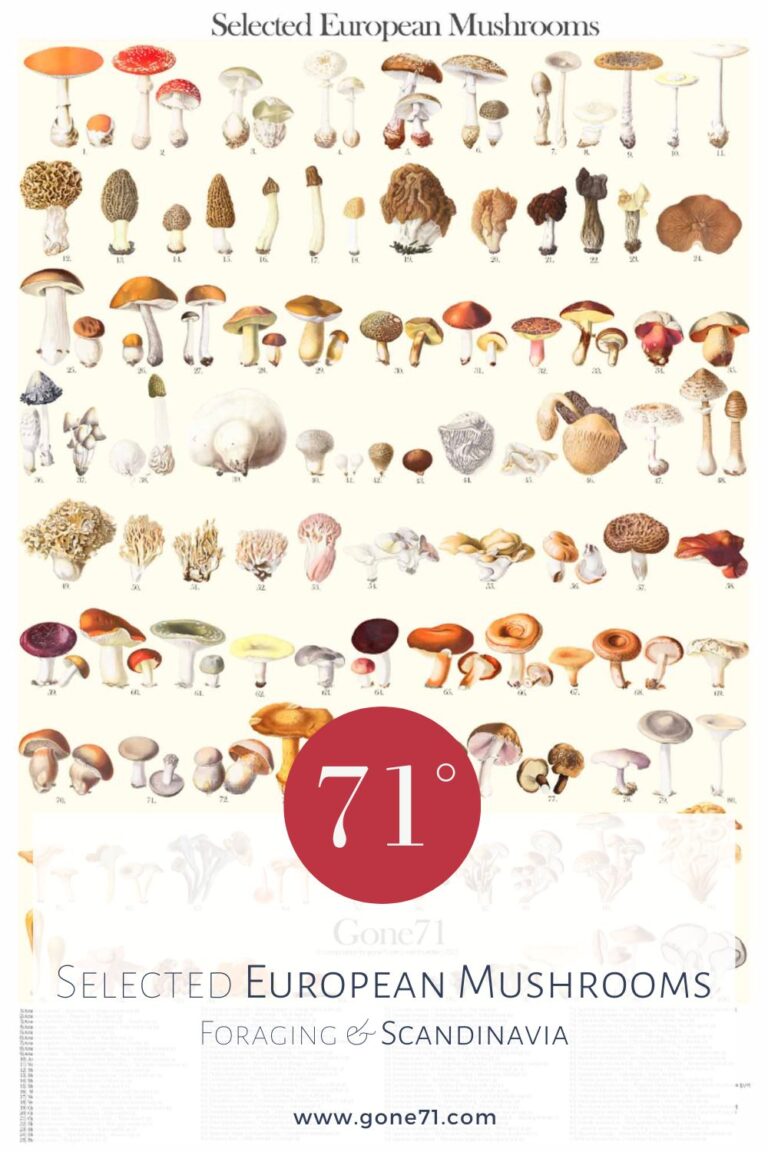Discover the beauty and diversity of selected European mushrooms with this stunning poster. This poster showcases 100 species of mushrooms found in Europe, each depicted in vivid detail and labeled with its common English name, German name and scientific name.
Bring the enchantment of the forest into your home with this visually stunning poster. This is not just a decorative piece, but also a great educational tool for nature enthusiasts and mushroom lovers. Own a piece of botanical art that will impress and inspire for years to come.
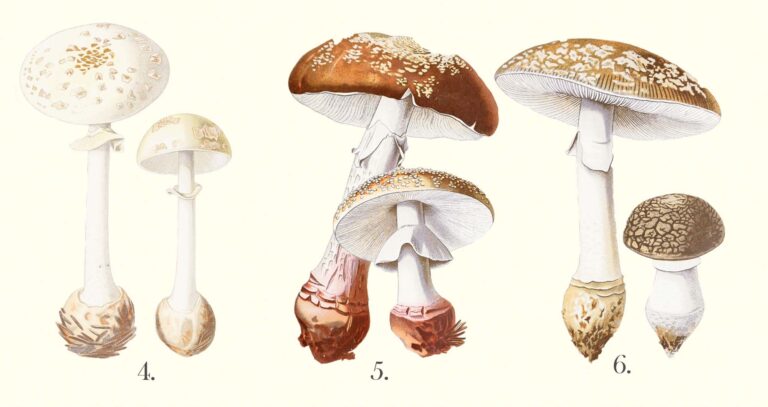
About the poster
Mushrooms are a fascinating group of organisms that play an important role in the ecosystem. They are not only a source of food for many species, but also help to decompose organic matter and recycle nutrients in the soil. This poster offers a comprehensive overview of the diversity of European mushrooms, showcasing their unique characteristics and highlighting the important role they play in the ecosystem.
When it comes to art posters, size can matter. And what better way to showcase the intricate details of botanical illustrations than with a high resolution poster?
This poster is available in a range of sizes, from A4 to A1, to fit your preferred display options. The original size, DIN A0, measures 84.1 cm x 118.9 cm. Contact us if you need a bigger print than DIN A1.
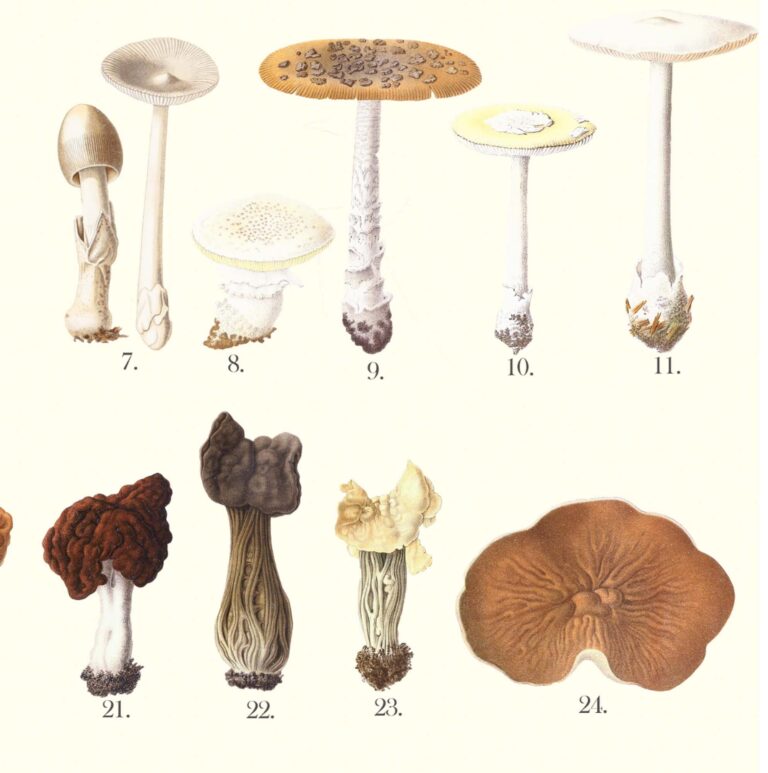
The featured species
Scandinavia is home to a wide variety of wild fruits and berries, many of which are unique to the region. These wild fruits and berries can be found growing in a variety of habitats, from dense forests to rocky mountainsides. Some of the most popular wild fruits and berries in Scandinavia include:
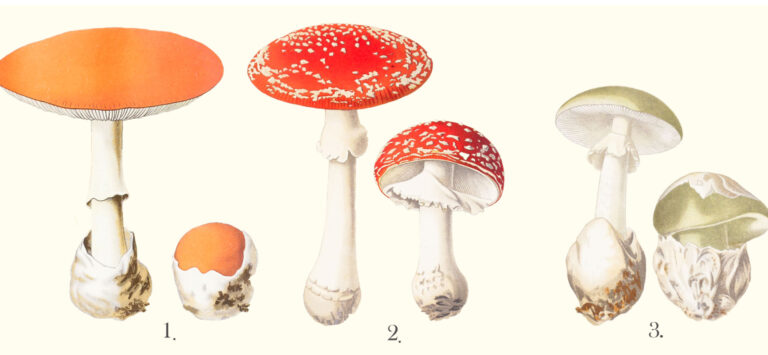
The featured species
- Amanita Caesare | Kaiserling | Caesars mushroom (e)
- Amanita muscaria | Fliegenpilz | Fly agaric (p)
- Amanita phalloides | Grüner Knollenblätterpilz | Death cap (p)
- Amanita citrina | Gelber Knollenblätterpilz | False death cap (p)
- Amanita rubescens | Perlpilz | Blusher (e)
- Amanita pantherina | Pantherpilz | Panther cap (p)
- Amanita vaginata | Grauer Scheidenstreifling | Grisette (e)
- Amanita echinocephala | Spitzkegeliger Wulstling | Solitary amanita (p)
- Amanita ceciliae | Riesenscheidenstreifling | Snakeskin grisette (e)
- Amanita gemmata | Narzissengelber Wulstling | Gemmed amanita (p)
- Volvopluteus gloiocephalus | Großer Scheidling | Big sheath mushroom (e)
- Morchella esculenta | Speisemorchel | Common morel (e)
- Morchella vulgaris | Graue Speisemorchel | (grey) Morel sp. (e)
- Morchella rotunda | Rundmorchel | Morel sp. (e)
- Morchella elata | Spitzmorchel | Black morel (e)
- Morchella semilibera | Käppchenmorchel, Halbfreie Morchel | Half free Morel (e)
- Verpa conica | Fingerhutverpel | Bell morel, early morel (e)
- Verpa bohemica | Böhmische Verpel | Wrinkled thimble-cap (e)
- Gyromitra gigas | Riesenlorchel | Giants false morel, snow morel (p)
- Gyromitra infula | Bischofsmütze | Elfin saddle (p)
- Gyromitra esculenta | Frühjahrslorchel | “False morel“ (p)
- Helvella lacunosa | Grubenlorchel | Slate grey saddle (p/e)
- Helvella crispa | Herbstlorchel | White saddle (p/e)
- Disciotis venosa | Morchelbecherling | Bleach cup (e)
- Boletus edulis | Steinpilz | Porcini (e)
- Leccinum versipelle | Birkenrotkappe | Orange birch bolete (e)
- Leccinum scabrum | Birkenpilz | Birch bolete (e)
- Suillus variegatus | Sandröhrling | Velvet bolete (e)
- Tylopilus felleus | Gallenröhrling | Bitter bolete (i)
- Xerocomus subtomentosus | Ziegenlippe | Suede bolete (e)
- Suillus granulatus | Körnchenröhrling | Weeping bolete (e)
- Xerocomellus chrysenteron | Rotfußröhrling | Red cracking bolete (e)
- Suillus luteus | Butterpilz | Slippery jack (e)
- Rubroboletus satanas | Satansröhrling | Satan’s bolete (p)
- Suillellus luridus | Netzstieliger Hexenröhrling | Lurid bolete (e/p)
- Coprinus comatus | Schopftintling | Shaggy mane (e/p)
- Coprinopsis atramentaria | Faltentintling | Common ink cap (p)
- Phallus impudicus | Stinkmorchel | common stinkhorn (e/i)
- Calvatia gigantes | Riesenbovist | giant puffball (e)
- Lycoperdon perlatum | Flaschenstäubling | Common puffball (e)
- Apioperdon Pyriforme | Birnenstäubling | Pear-shaped puffball (e)
- Lycoperdon echinatum | Igelstäubling | Spiny puffball (e)
- Scleroderma citrinum | Dickschaliger Kartoffelbovist | Earth ball (p)
- Daedalea quercina | Eichenwirrling | oak-mazegill (i)
- Pseudohydnum gelatinosum | Zitterzahn | Toothed jelly fungus (e)
- Hericium erinaceus | Igel-Stachelbart | Lion’s mane (e)
- Chlorophyllum olivieri | Safranschirmling | Shaggy parasol (e)
- Macrolepiota procera | Parasol | Parasol mushroom (e)
- Sparassis crispa | Krause Glucke | Cauliflower mushroom (e)
- Ramaria flava | Gelbe Koralle | Changle (e)
- Clavulina cinerea | Graue Koralle | Gray coral (e)
- Ramaria formosa | Dreifarbige Koralle | Salmon coral (p)
- Ramaria botrytis | Hahnenkamm | Clustered coral (e)
- Albatrellus ovinus | Schafporling | Sheep polypore (e)
- Albatrellus confluens | Semmelporling | Fused polypore (e)
- Hydnum repandum | Semmelstoppelpilz | Sweet tooth (e)
- Sarcodon imbricatus | Habichtspilz | shingled hedgehog (i/e)
- Festulina hepatica | Leberreischling | beefsteak polypore, tongue mushroom (e)
- Russula xerampelina | Roter Heringstäubling | Crab brittlegill (e)
- Russula aurea | Goldtäubling | Gilded brittlegill (e)
- Russula virescens | Grüngefeldeter Täubling | Green-cracking russula (e)
- Russula citrina | Weißstieliger Ockertäubling | Brittlegill sp. (e)
- Russula nigricans | Schwarztäubling | Blackening brittlegill (e)
- Russula emetica | Speitäubling | The sickener (p)
- Lactifluus volemus | Brätling | Weeping milk cap (e)
- Lactarius deliciosus | Edelreizker | Saffron milk cap (e)
- Lactarius deterrimus | Fichtenreizker | False Saffron milk cap (e)
- Lactarius torminosus | Birkenmilchling | wooly milk cap (p)
- Lactarius vellereus | Wolliger Milchling | Fleecy milk cap (p)
- Cortinarius glaucopius | Reihiger Klumpfuß | Blue foot webcap (e)
- Cortinarius Purpurascens | Purpurfleckender Klumpfuß | Brulsing webcap (e)
- Cortinarius traganus | Lila Dickfuß | Gassy webcap (p)
- Cortinarius elegantior | Strohgelber Klumpfuß | Webcap sp. (e/p)
- Agaricus arvensis | Weißer Anis-Champignon | Horse mushroom (e)
- Agaricus campestris | Wiesenchampignon Field mushroom (e)
- Agaricus silvaticus | Kleiner Wald-champignon | Scaly wood mushroom (e)
- Tapinella atrotomentosa | Samtfußkrempling | Velvet roll-rim (e)
- Lepista nuda | Violetter Rötelritterling | Wood blewit (e)
- Clitocybe nebularis | Nebelgrauer Trichterling, Nebelkappe | clouded agaric (p)
- Clitocybe catinus | Schüsselförmiger Trichterling | (e)
- Cantharellus cibarius | Echter Pfifferling, Eierschwamm | Golden chanterelle (e)
- Craterellus tubaeformis | Trompetenpfifferling | yellowfoot (e)
- Craterellus cornucopioides | Totentrompete | Horn of plenty (e)
- Hygrophoropsis aurantiaca | Falscher Pfifferling | False chanterelle (p)
- Mycetinis scorodonius | Knoblauchschwindling | garlic mushroom (e)
- Kuehneromyces mutabilis | Stockschwämmchen | Sheathed woodtuft (e)
- Flammulina velutipes | Samtfußrübling | Enoki, velvet shank (e)
- Armillaria mellea | Hallimasch | honey fungus (e)
- Pholiota squarrosa | Sparriger Schüppling | shaggy scalycap (p)
- Desarmillaria tabescens | Ringloser Hallimasch | ringless honey mushroom (p/e)
- Clavariadelphus pistillaris | Herkuleskeule | Giant club (e)
- Astraeus hygrometricus | Gemeiner Wetterstern | false earthstar (i)
- Auricularia auricula-judae | Judasohr | Jew’s ear, jelly ear (e)
- Aleuria aurantia | Gemeiner Orangebecherling | Orange peel mushroom (e)
- Sarcoscypha coccinea | Scharlachroter Kelchbecherling | scarlet elf cup (e)
- Cyathus stercoreus | Dung Teuerling | dung bird’s nest (i)
- Helvella acetabulum | Hochgerippter Becherling | brown ribbed elf cup (e)
- Calocybe gambosa | Mairitterling | St. George’s mushroom (e)
- Pleurotus eryngii | Brauner Kräuterseitling | king trumpet mushroom (e)
- Pleurotus ostreatus | Austernseitling | oyster mushroom (e)
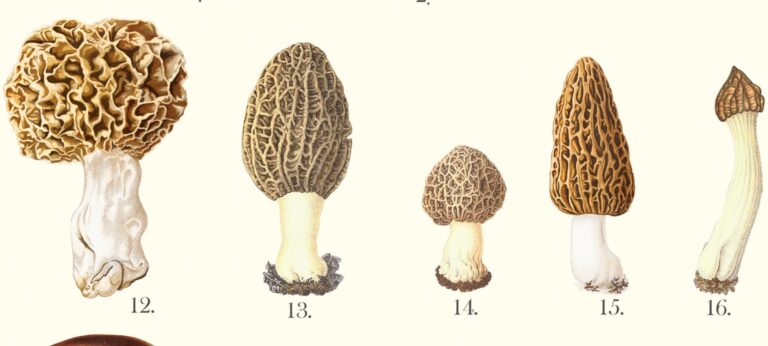
“Digital foraging”
Introducing “digital foraging”, my latest project that delves into the vast and untapped world of digital information. With a sheer endless amount of historic images and resources available online, the possibilities are endless. The artwork you see here is a perfect example of what can be achieved through “digital foraging”.
Unfortunately it takes much more than just a quick search to get the results you see here. It takes hours of research, technical know-how and a keen eye to find the right images, in the right resolution, and format. And that’s just the beginning. The real work starts with processing and manipulating the images to create something new and unique.
For me, this is what “digital foraging” is all about. The thrill of the hunt, the excitement of discovery and the satisfaction of creating something new and beautiful from what was once forgotten. It’s also a modern take on the traditional art of foraging, and I can’t wait to see what else can be found in the vast depths of the digital world.
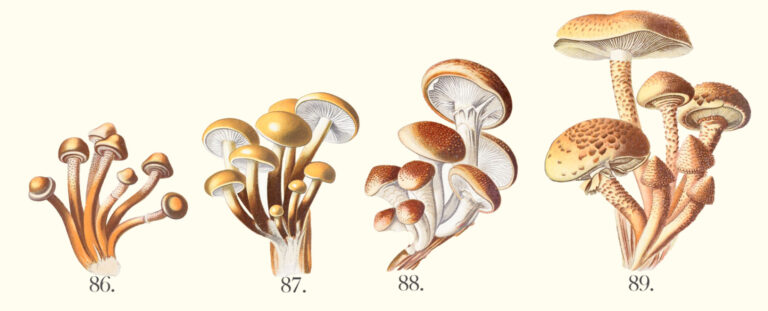
The original images
This poster features historic scientific illustrations of mushrooms, expertly hand-drawn and accurately detailed to showcase each species’ unique characteristics. The use of historic illustrations adds a touch of classic elegance to the poster, while also providing a glimpse into the past. The combination of timeless artistic style and scientific precision makes this poster a truly special and sophisticated piece of botanical art.
The beauty of historic lithographic illustrations lies in the intricate details and expert craftsmanship that goes into each piece. These drawings are true works of art of their own and deserve to be showcased.
Historic mushroom prints
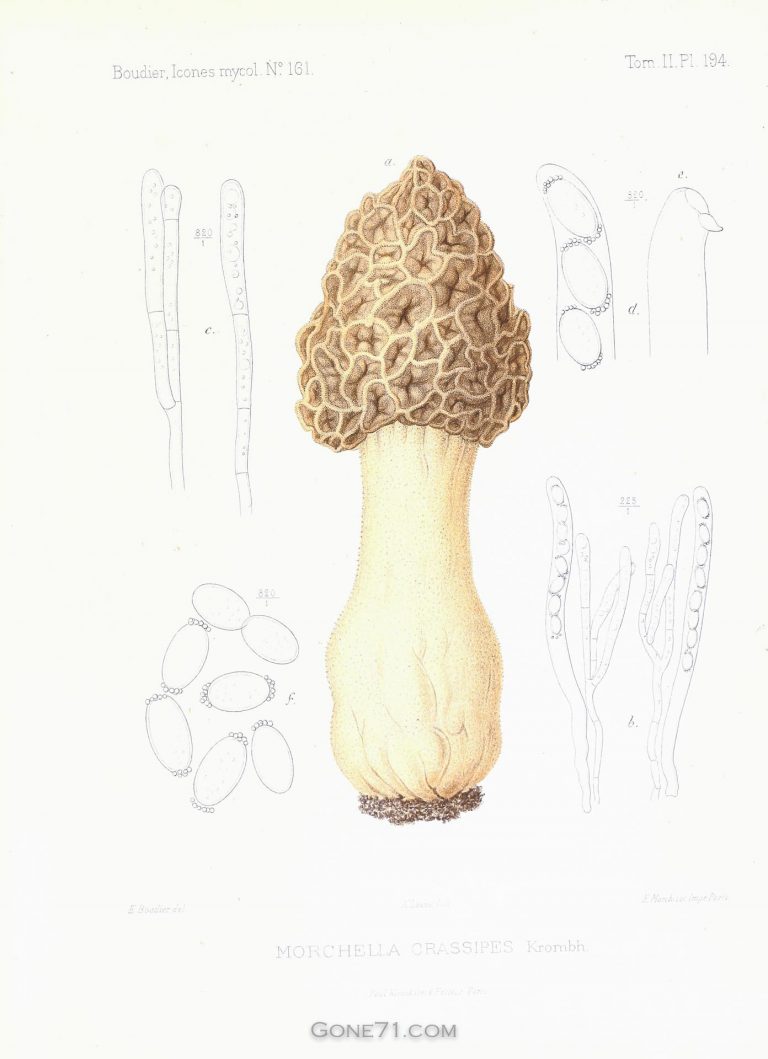
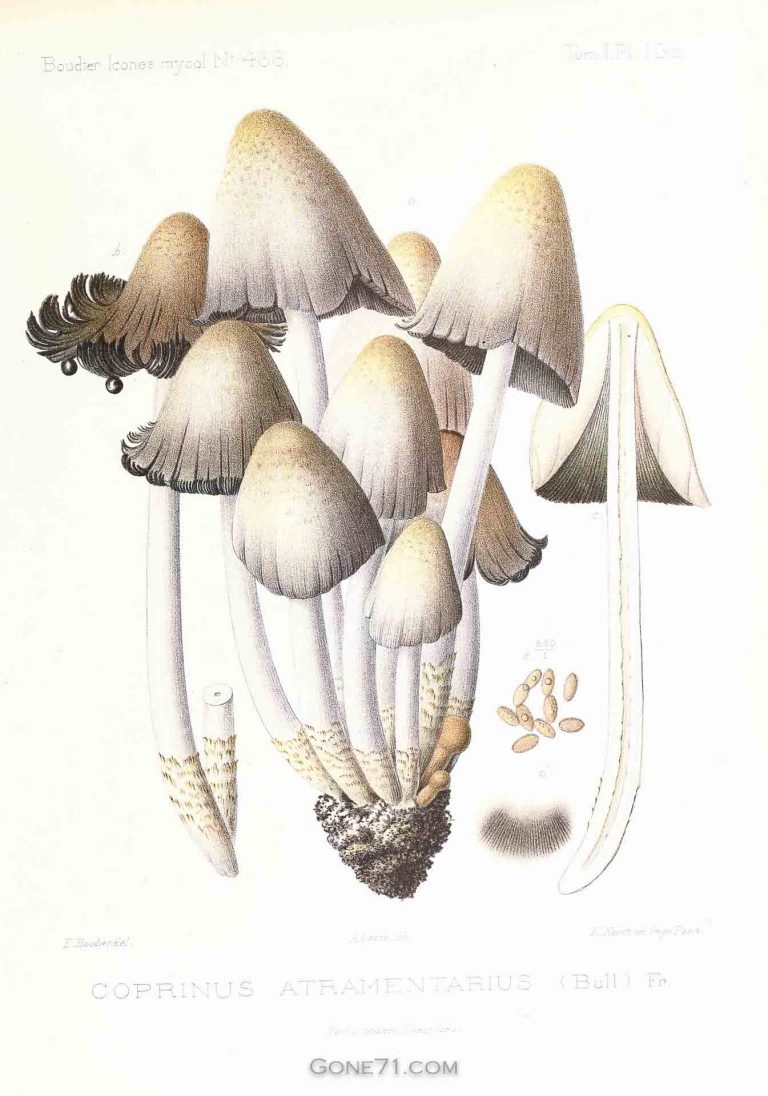
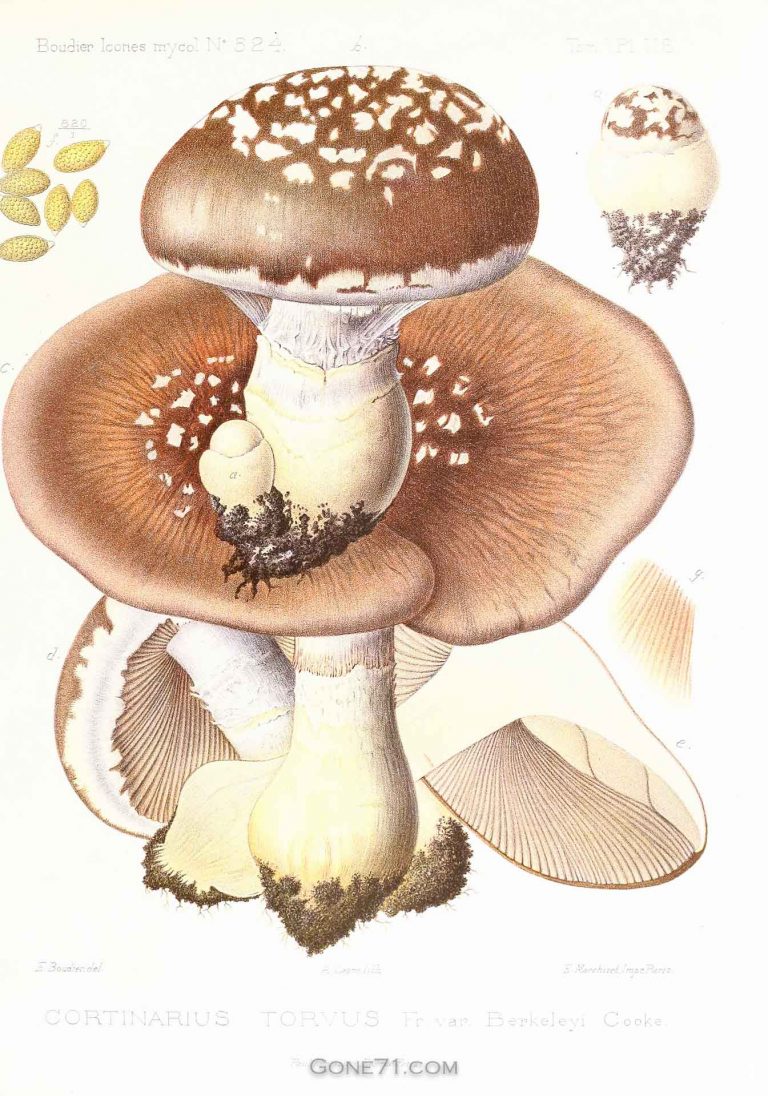
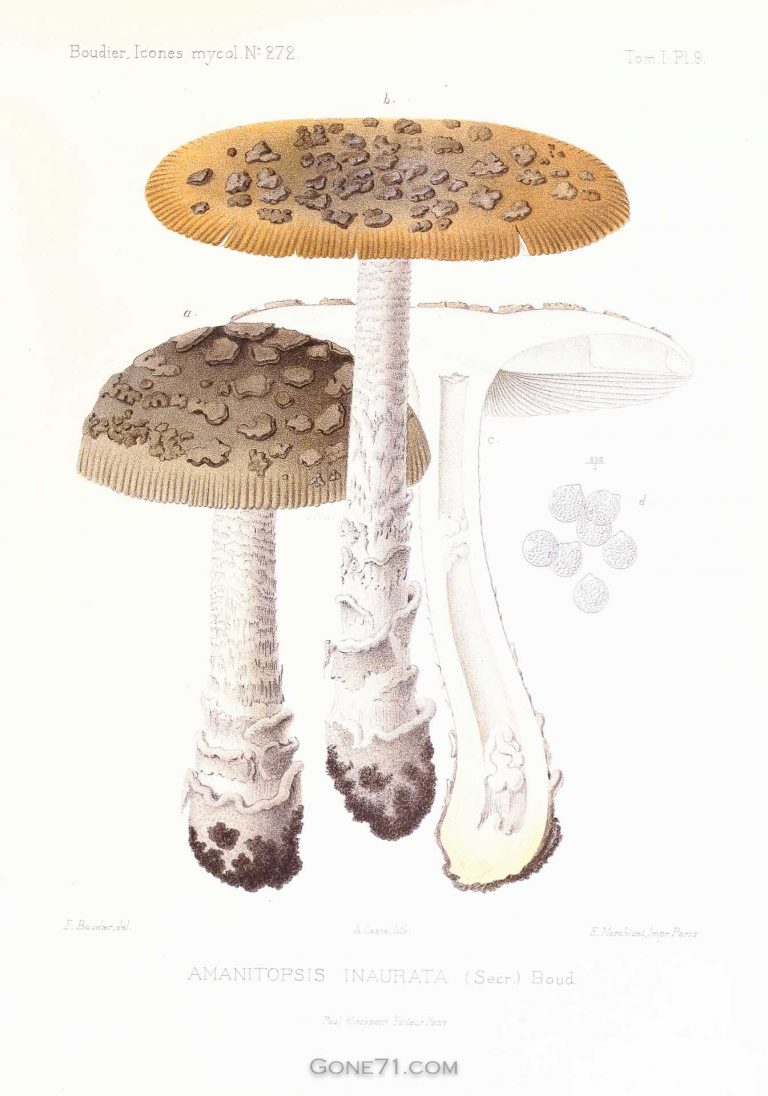
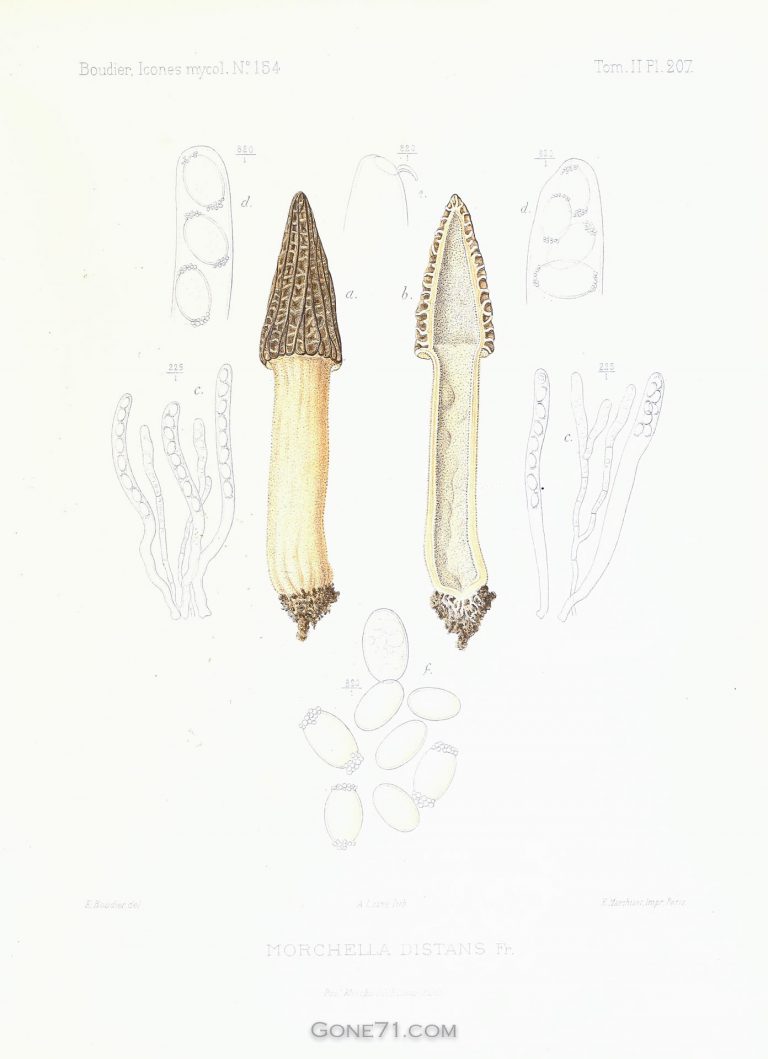
Let us know what you think of these images and feel free to give us suggestions on which topics we should delve into next.
Find some inspiration here
↓↓↓

